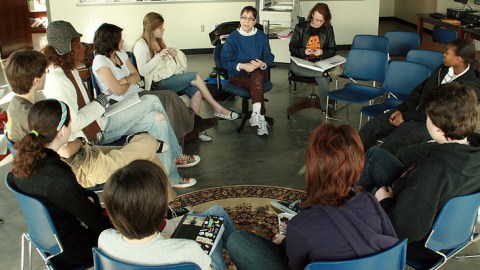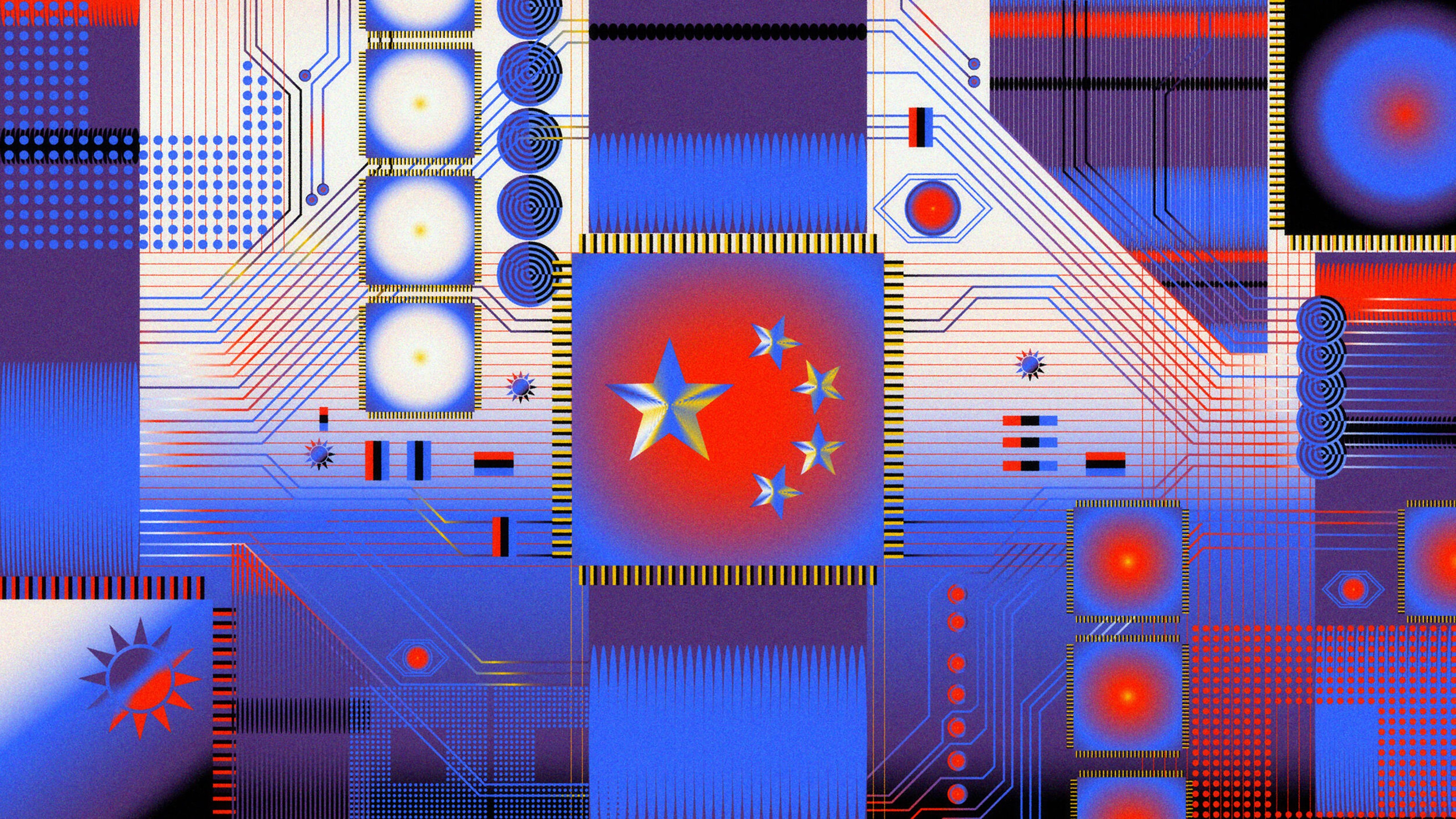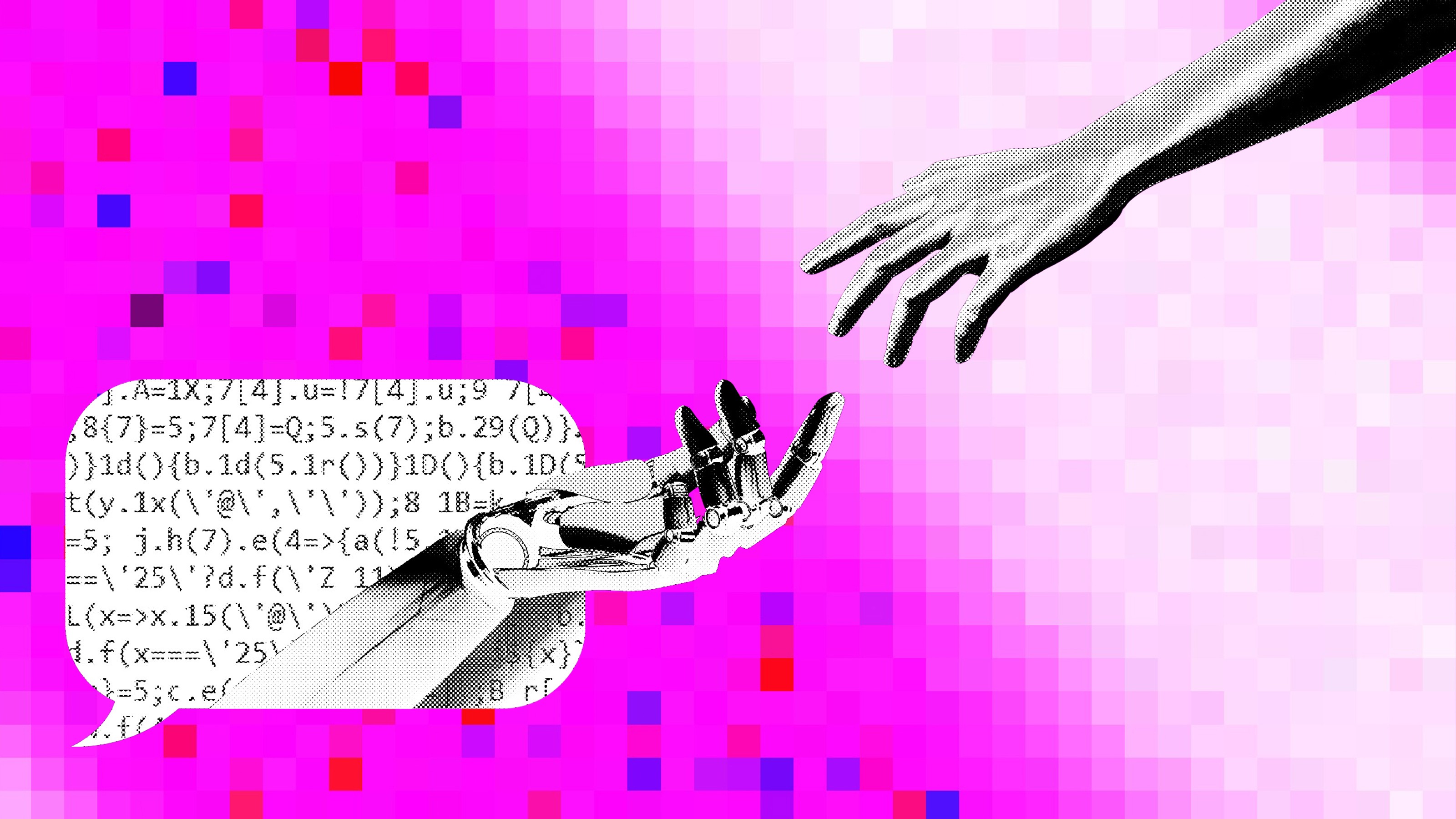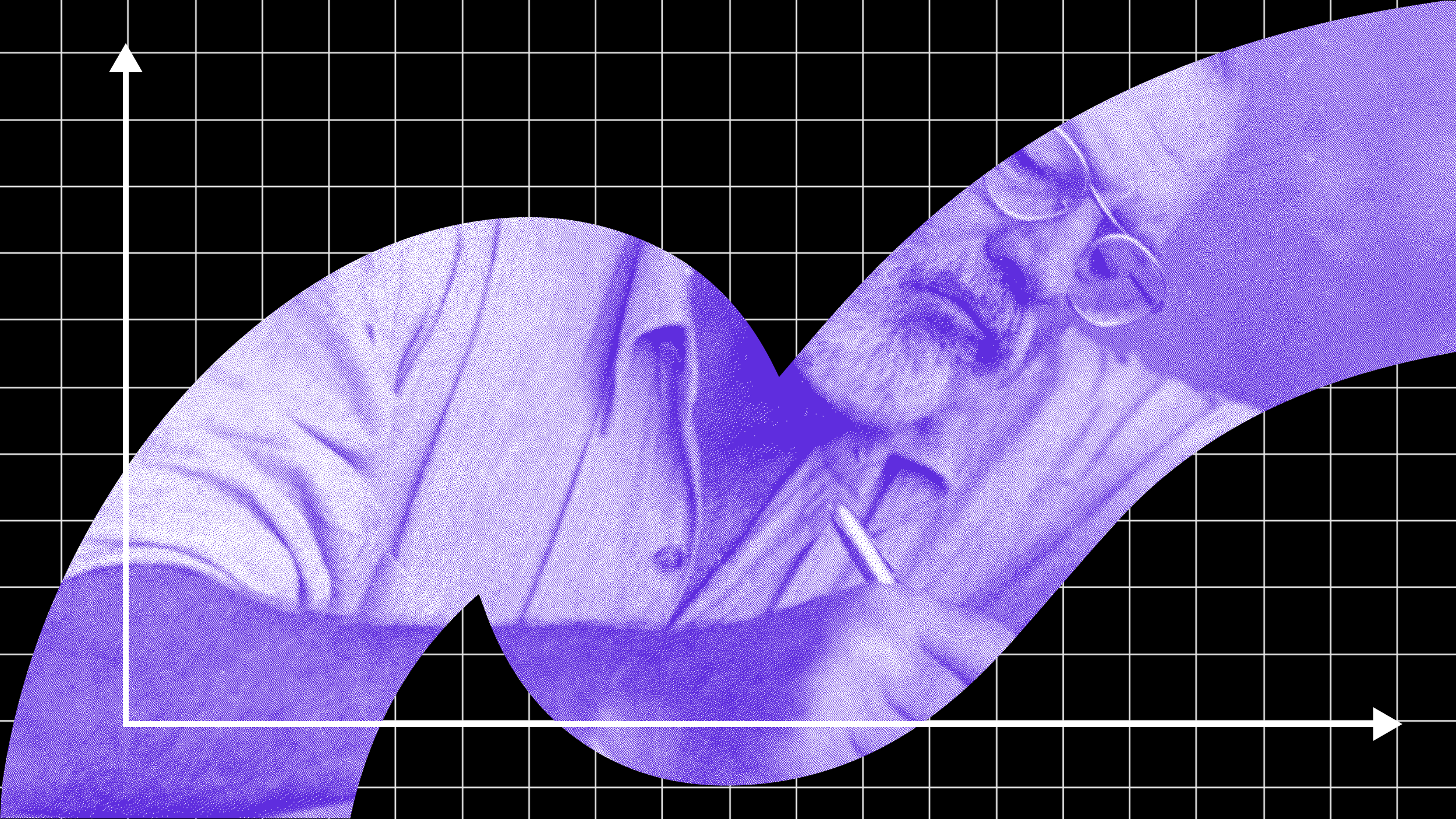What Does the MFA Boom Mean for Print Books?

Here’s a question that doesn’t get asked often enough in the “death of print” debate. If print books are limping toward extinction, why do so many writers—even the youngest, Web-savviest writers—still fight to publish them?
Former Gawker editors have struck book deals; so have the creators of just about every popular or once-popular online destination of the past decade, from 1000 Awesome Things to Stuff White People Like. The website-turned-book has become a genuine publishing phenomenon.
Of course, this trend might just reflect the sweaty desperation of print publishers. But consider a book like David Pogue’s The World According to Twitter, to which thousands of Pogue’s Twitter followers eagerly contributed their tweets—not for pay of any kind, but for a free hard copy and the honor of publication. On the face of it, this makes no sense. Pogue is a famous New York Times columnist, and their work had already appeared in his webspace. It may very well have gained more exposure there than it ever will in the book. Why, then, did they jockey for inclusion? Weren’t they already “published”?
On some psychological level, they weren’t. Print books retain more prestige—and more inherent appeal as a format—than digital inevitabilists admit.
A few reasons are clear enough. Print books are costly and time-consuming to produce, store, and distribute; as a result, “dead tree” publishers must be selective about the authors they invest in, and selectivity breeds prestige. History also matters: if only because they’ve been around so long, books are the medium most closely associated with high culture. For many, the book deal remains an unofficial entree into that world.
Even so, online gatekeepers have long since begun to establish themselves, and many Web-only outlets are at least as sophisticated as their print or hybrid counterparts. (Witness the one you’re reading.) The main appeal of “real books”—for authors, at least—lies in the nature of the medium itself.
* * *
Think of the traditional book as a little theater, with the author the performer and the publisher the producer. The trappings of the set are skillfully designed, and the author (or cast of authors) is granted center stage. There’s no search window, no linking, no competing for the audience’s attention with countless other entertainments. The star gets to perform solo—and at length.
By contrast, e-books, which compel each performer to share a crowded, intangible stage, strike a blow to writers’ fragile egos. Joe Moran spoke for all of us last year in The Guardian: “I would like my words to end up in some concrete, permanent receptacle, not an erasable computer file that the reader does not even properly own.”
It turns out that the ineffable “reality” of print also has a direct impact on consumer psychology and spending habits. According to online bookstore entrepreneur Angela Hoy (BookLocker.com), publishing a print edition helps establish a book’s legitimacy—and hence profitability—across all formats. Says Hoy: “We sell FAR more e-books that also have print counterparts than we do books that are only available in electronic format…The perceived value of a book that is in electronic and print formats is higher than one that’s a just a throwaway, 99-cent e-book.” In other words, if vanity doesn’t keep authors invested in print books, economic self-interest will.
All that might seem trivial, until you realize that the number of would-be authors in America is skyrocketing—particularly among the younger generation. The number of degree-granting U.S. creative writing programs has exploded from 79 to 854 in the past 35 years. The average age of students starting these programs is twenty-six. I’m lucky enough to be a student in one myself, and can attest anecdotally that the goal of nearly every writer pursuing this degree is to see his or her words realized in print book form. (I suspect the same is true of many of the authors currently self-publishing through Scribd, or the Amazon Kindle Store, or just toiling in a garret somewhere off the grid…) That’s an enormous number of young people invested in print, both for their own sake and for the sake of their friends and colleagues.
Of course, consumers don’t always act in their own best interest, and the eager overabundance of supply in this market may not translate to equivalent demand. Much will depend on the willingness of writers—who increasingly form a professional community as much as an artistic subculture—to support their own. Even that may not be enough if the market grows too incestuous; that is, if the only audience for print books becomes their producers.
At the moment, there’s no shortage of print anxiety within the community. At this year’s AWP (Association of Writers & Writing Programs) conference, panel discussion titles included “Change or Die: How Established Print Journals are Adapting to Life on the Internet” and “Thinking Beyond the Book: The Future of Authorship and Publishing in a Transmedia World.” The official description of the latter began: “According to publishing futurists, we are now experiencing the late age of print. Publishers are beginning to see the print book as the last stage of author development, rather than the first step.”
I agree with the second sentence, but given the sheer number of hopefuls undergoing that development, I think their status as career-solidifier is a bastion books can defend. If I’m wrong, the tribe of authors, confined permanently to the same publishing space as nine-year-old bloggers, will go more insane than they already are.
Technology experts may insist that print books are becoming “niche” or “legacy” items, but if so, the niche is growing. Within it, the format remains more a live totem than a sentimental relic.
[Note: Portions of this piece are adapted from a post I contributed in 2009 to the Abbeville Press Publishers blog. Image via Wikimedia Commons, user Magnus Manske.]





